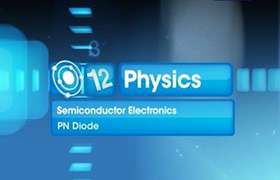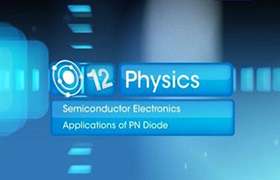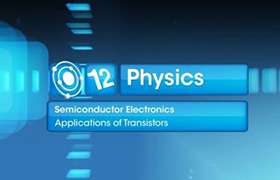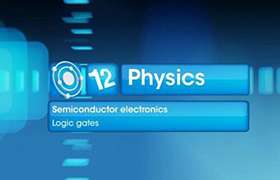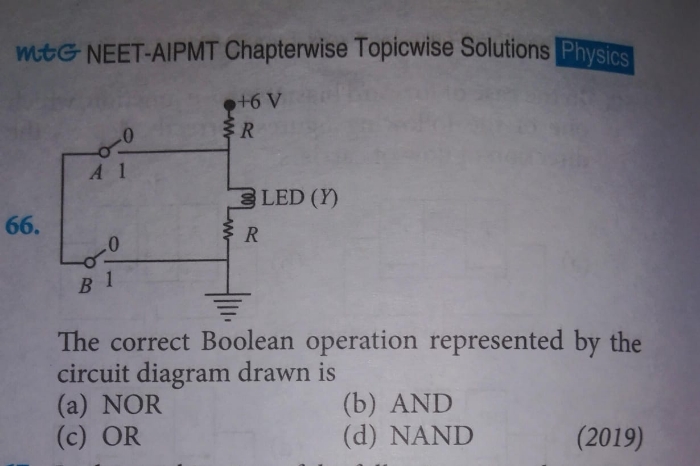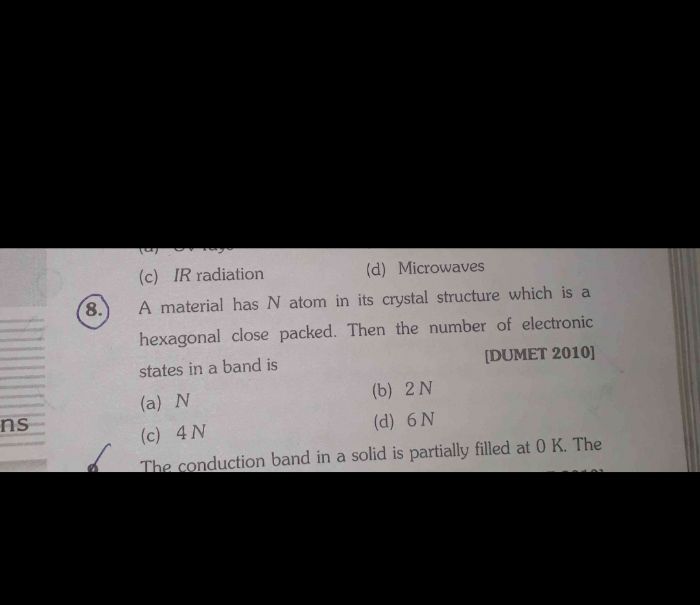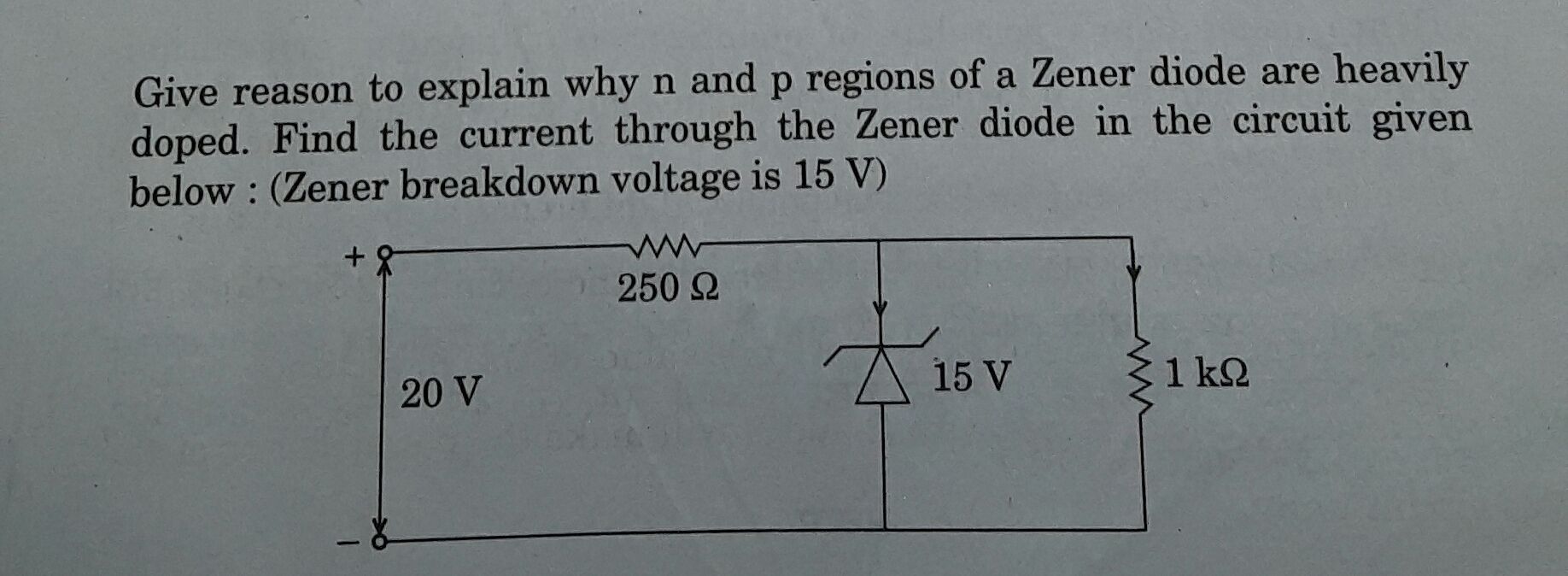CBSE Class 12-science Answered
What is the necessity of both p-n-p and n-p-n transistors?
Asked by padmini kommu | 24 Feb, 2011, 12:00: AM
Dear student,
NPN transistors are used when you want to sink a current; i.e. current flows into the collector. PNP transistors are used when you want to source a current; i.e current flows out of the collector. As a result of this, NPN transistors usually have their emitter connected to the low side of the supply. And conversely PNP transistors usually have their emitter connected to the high side.
The circuit diagram below is, a circuit for making simple solar powered toys. I picked this as an example because it includes one of each, 1 PNP, 1 NPN, both wired in the manner that I claim these things are usually wired.
For the PNP: Ic+Ib flows into the emitter, then they split: Ib flows out the base and Ic flows out the collector.
For the NPN: Ib flows into the base. Ic flows into the collector. Then Ib and Ic sort of merge together and Ib+Ic flows out the emitter.

The circuit diagram below is, a circuit for making simple solar powered toys. I picked this as an example because it includes one of each, 1 PNP, 1 NPN, both wired in the manner that I claim these things are usually wired.
For the PNP: Ic+Ib flows into the emitter, then they split: Ib flows out the base and Ic flows out the collector.
For the NPN: Ib flows into the base. Ic flows into the collector. Then Ib and Ic sort of merge together and Ib+Ic flows out the emitter.

Hope this helps.
Thanking you
Team
Topperlearning.com
Answered by | 28 Feb, 2011, 10:05: AM
Concept Videos
CBSE 12-science - Physics
Asked by Chandudevendra99 | 24 Jan, 2024, 08:37: AM
CBSE 12-science - Physics
Asked by kabirnarwal0 | 13 Jan, 2024, 01:49: PM
CBSE 12-science - Physics
Asked by Abhishek | 23 Mar, 2023, 08:37: PM
CBSE 12-science - Physics
Asked by Ramvikassv | 14 May, 2021, 11:14: PM
CBSE 12-science - Physics
Asked by jagadeviteli1983 | 06 Sep, 2020, 10:27: AM
CBSE 12-science - Physics
Asked by sulaikhasulu393 | 08 May, 2020, 11:05: AM
CBSE 12-science - Physics
Asked by kajalkumari2k15 | 30 Nov, 2019, 11:14: AM
CBSE 12-science - Physics
Asked by Www.harshalhire51 | 20 Nov, 2019, 09:48: PM
CBSE 12-science - Physics
Asked by abhitailor158 | 06 Mar, 2019, 05:56: PM
CBSE 12-science - Physics
Asked by vk335548 | 05 Mar, 2019, 10:32: PM

